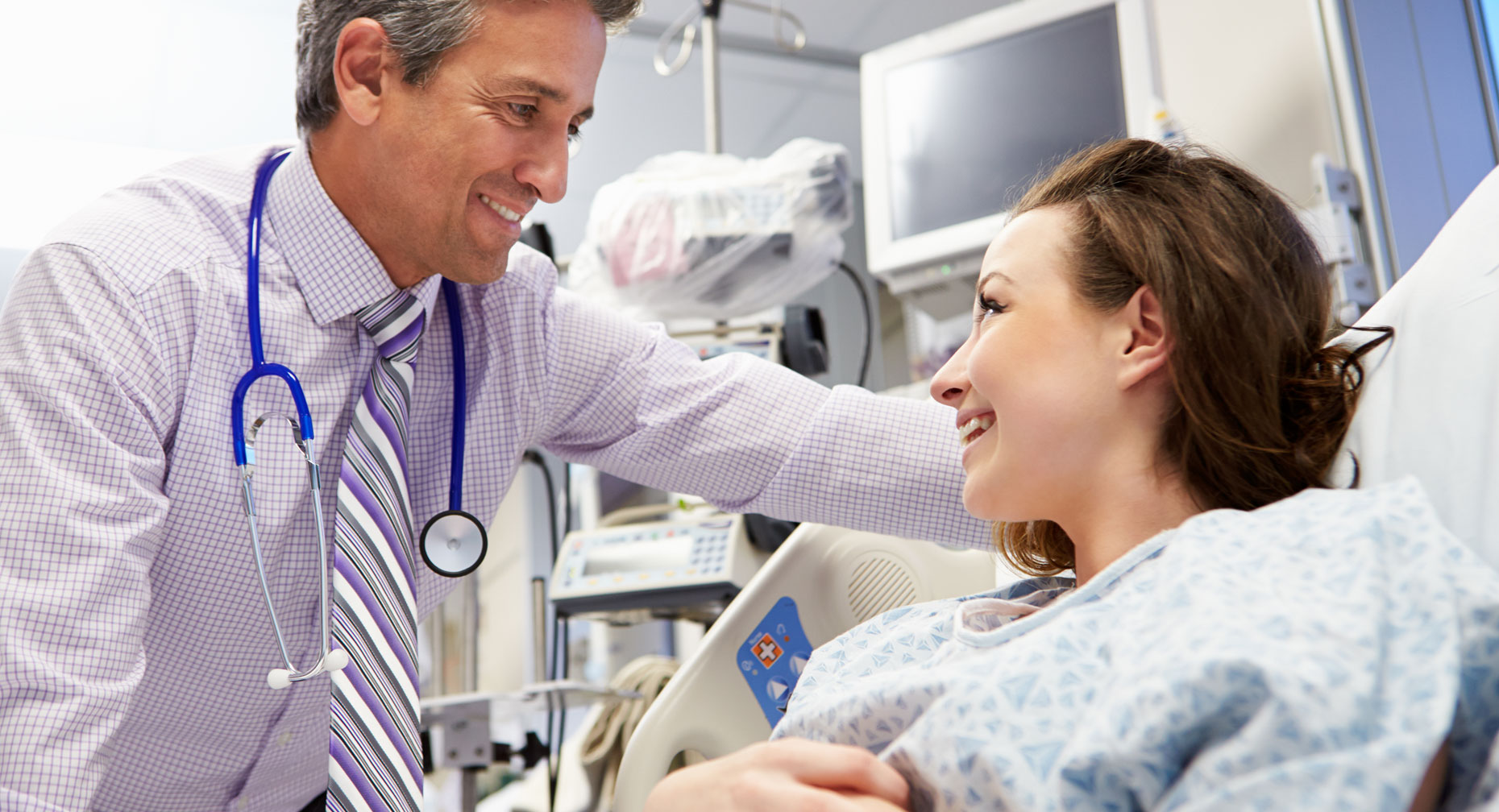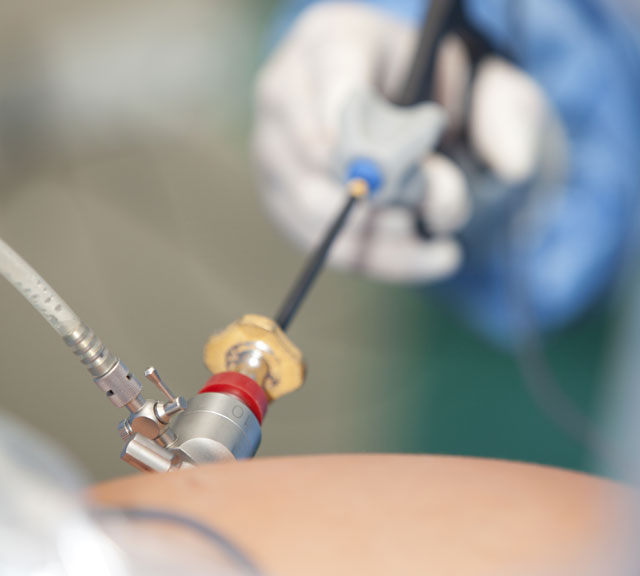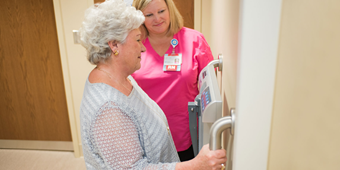How Can Surgery Help My Endometriosis

Answer a few questions and we'll provide you with a list of primary care providers that best fit your needs.
If you have severe pain or fertility problems from endometriosis, and medicines or hormone therapy haven’t helped, surgery may provide a solution. It will not cure the condition, but it may offer effective short-term relief from pain or increase your fertility, if you are trying to become pregnant.
With surgery, most women experience relief from endometrial pain. But it may return in time. About 40 to 80 percent of women have pain again within two years of surgery. If your condition is severe, the pain is more likely to return. Taking birth control or other medications following surgery may extend the time that you’re pain free.
Following all types of surgery, evidence supports using an intrauterine device (IUD) containing progestin to reduce pain. Mirena® is approved by the FDA for this use.
Heather Hilkowitz, MD, Hilltop Obstetrics & Gynecology, describes treatments for endometriosis.
Click play to watch the video or read video transcript.
Types of Endometrial Surgery
Your doctor may recommend different techniques for surgery:
Laparoscopy. Your surgeon makes small incisions in your stomach and inserts a laparoscope (thin, lighted tube) to show where the endometrial tissue is attached in the pelvic area. The surgeon either will cut out these growths, called lesions, with surgical instruments or use a laser to destroy them with intense heat.
If you have visible scar tissue, your surgeon may also remove that during the procedure.
Laparoscopy is the most frequently recommended procedure to improve fertility in women with minimal or mild endometriosis. The surgeon removes or vaporizes growths around the reproductive organs. Studies show improved pregnancy rates following laparoscopy.
Laparotomy. Your surgeon makes one larger incision in your stomach. This option works for larger endometrial implants that can’t be removed with the laparoscope. It also is useful in removing the abnormal tissue from your other pelvic organs, such as your intestine.
it may offer effective short-term relief from pain or increase your fertility
Hysterectomy. In extreme cases, you and your doctor may decide you need a hysterectomy to relieve symptoms. Your surgeon will remove your uterus and sometimes your ovaries and fallopian tubes to halt the spread of endometriosis.
The condition is less likely to come back if the surgeon also removes tissue implants at the time of the hysterectomy.
There’s a small chance, about 15 percent, that pain will come back, even after a total hysterectomy. The reason is most likely because endometrial patches of tissue weren’t visible or weren’t reachable during your surgery.
Some doctors have tried cutting nerves that connect to the uterus or ligaments securing the uterus, but clinical trials have shown these procedures to be ineffective at relieving pain from endometriosis. The American College of Obstetricians and Gynecologists does not recommend these procedures to manage the condition.
Answer a few questions and we'll provide you with a list of primary care providers that best fit your needs.
Source: American Congress of Obstetricians and Gynecologists, WomensHealth.gov; National Institutes of Health; American Society for Reproductive Medicine






